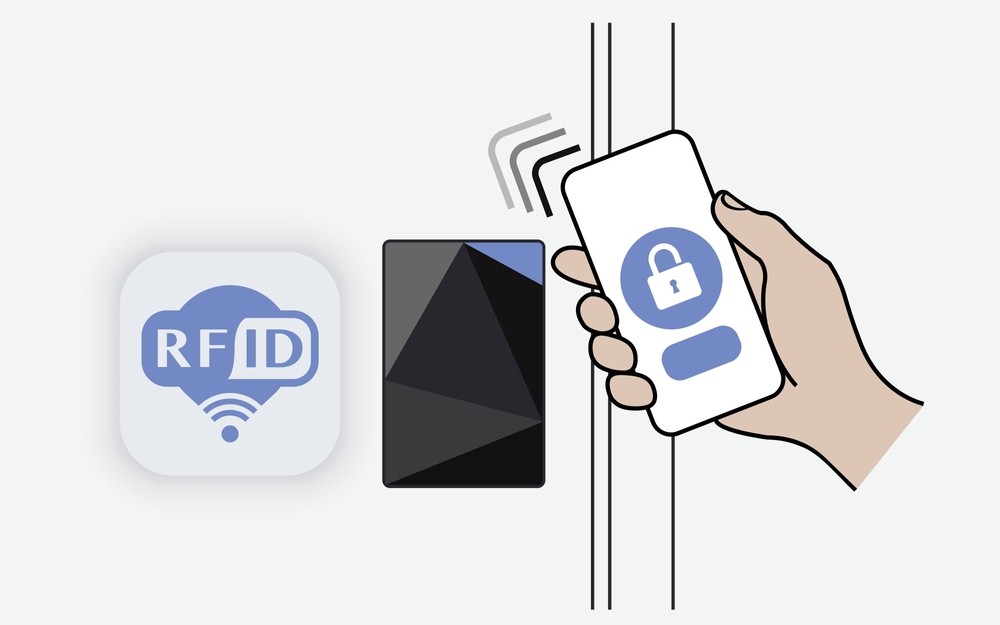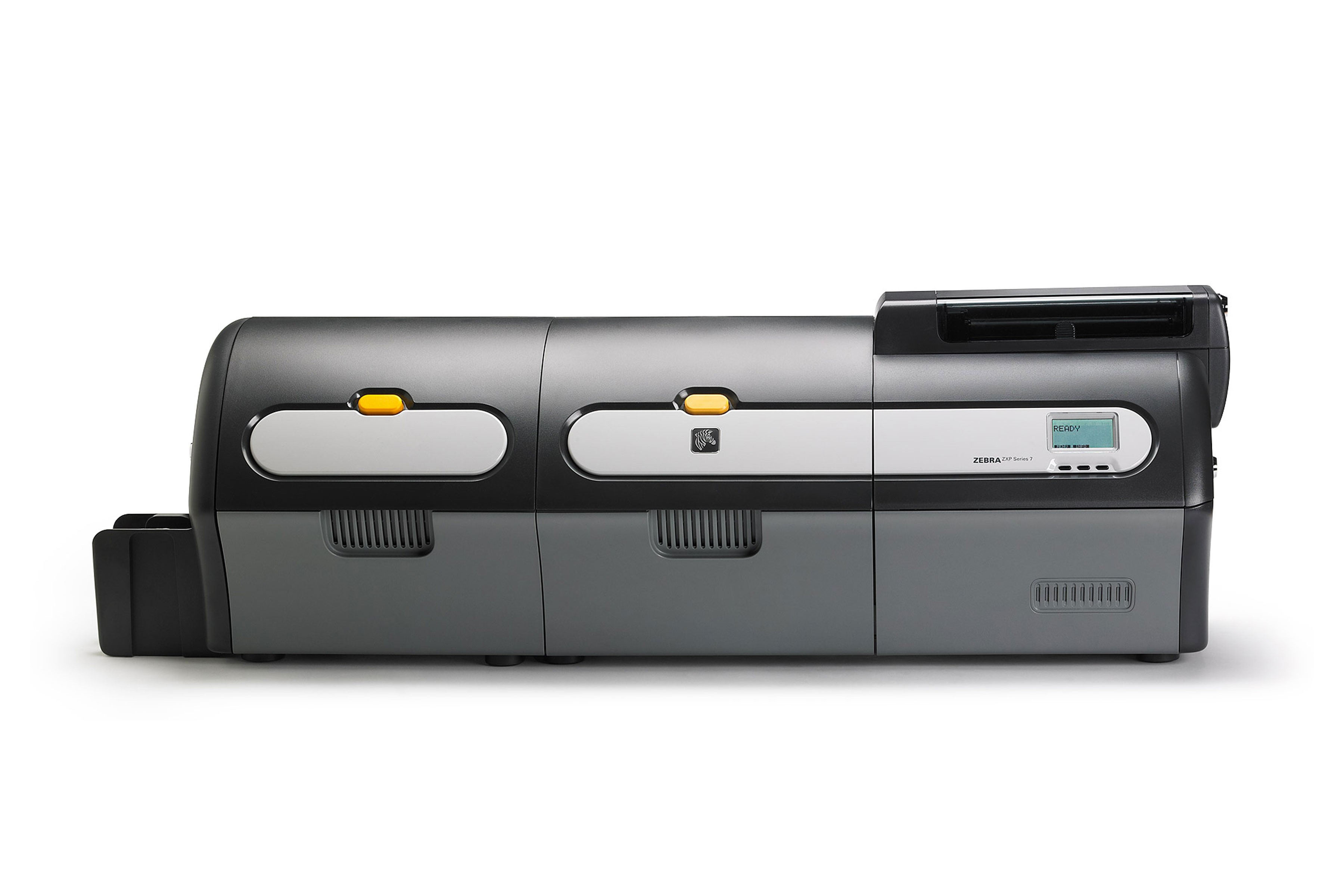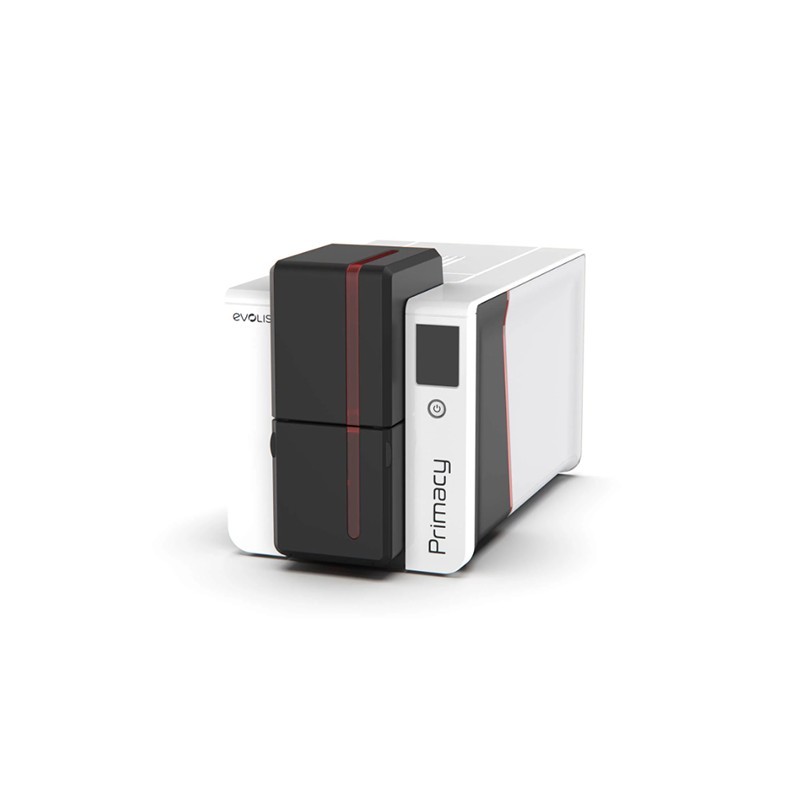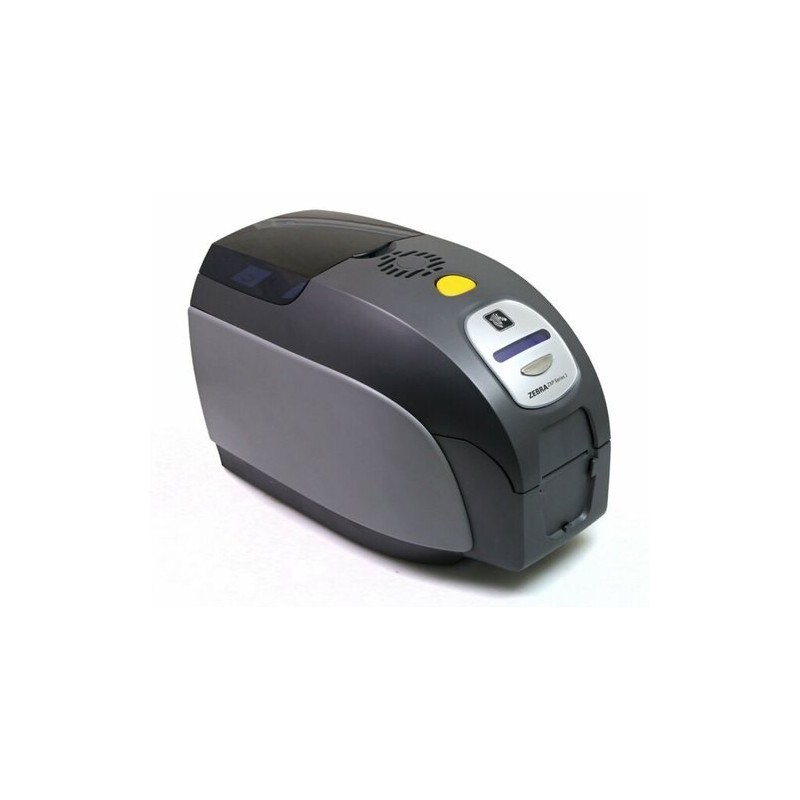In 2025, A4 thermal paper in Bangladesh has become a crucial item for businesses relying on thermal printers. Prices...

How to Clone an RFID Card: A Detailed Guide
RFID (Radio Frequency Identification) cards are commonly used for security, access control, and payment systems. From employee ID badges to contactless payment cards, RFID technology has become an integral part of daily life. In some cases, individuals may want to clone an RFID card for various legitimate purposes, such as backing up a card or creating a duplicate for convenience. However, it's essential to understand the ethical and legal implications of cloning RFID cards, as unauthorized duplication can lead to severe legal consequences.
What is RFID Cloning?
RFID cloning is the process of copying the data from one RFID card onto another. RFID cards typically contain an embedded microchip and antenna that communicate with an RFID reader. The data stored on the chip can be read remotely, making it highly convenient for applications such as unlocking doors, paying for services, or tracking inventory. By cloning an RFID card, you essentially create a duplicate that can be used in the same way as the original card.
Types of RFID Cards
Before discussing how to clone an RFID card, it's essential to understand the different types of RFID cards:
-
Low-Frequency (LF) RFID Cards: These cards operate at 125 kHz and are typically used in access control systems. They are less secure compared to high-frequency cards and can often be cloned with basic equipment.
-
High-Frequency (HF) RFID Cards: Operating at 13.56 MHz, these cards are commonly used for contactless payments, ticketing, and library systems. They offer more security than LF cards due to encryption protocols.
-
Ultra-High Frequency (UHF) RFID Cards: These cards operate in the 850 MHz to 960 MHz range and are often used for long-range scanning, such as in logistics and tracking applications.
-
Smart Cards: These cards contain a microchip that can store more data, and they often have built-in security features like encryption to protect the information from being cloned.
The RFID Cloning Process
Cloning an RFID card involves reading the data from the original card and writing it onto a blank RFID card. Below is an overview of the process:
1. Understanding the Legalities
-
Ethical Considerations: Before attempting to clone an RFID card, make sure you are doing so for legitimate purposes, such as making a backup of your personal access card. Cloning a card without authorization, especially for fraudulent activities, is illegal and punishable by law.
-
Legal Risks: Unauthorized cloning of RFID cards, especially for commercial or criminal purposes, can result in serious legal penalties.
2. Required Equipment
To clone an RFID card, you'll need specialized equipment, including:
-
RFID Reader/Writer: This device allows you to read and write data to an RFID card. Some common models include USB RFID readers or handheld devices that can read various frequencies.
-
Blank RFID Cards: These cards are used to store the cloned data. They are available for purchase online and come in various types (LF, HF, or UHF).
-
Cloning Software: Software tools are needed to manage the data extraction and writing process. Some RFID readers come with proprietary software, but there are also open-source tools available.
3. Cloning the RFID Card
-
Step 1: Scan the Original Card
-
Using your RFID reader, scan the original card to read its data. The reader will transmit the information from the card to your computer or device running the cloning software.
-
-
Step 2: Store the Card's Data
-
The data obtained from the original RFID card, including its unique identification number, is stored within the software.
-
-
Step 3: Write the Data to a Blank Card
-
Insert a blank RFID card into the reader/writer and write the stored data onto the new card. The software will ensure that the exact data is transferred.
-
-
Step 4: Test the Cloned Card
-
Once the data is written to the blank card, test it by using the card on the RFID reader to ensure it functions like the original card.
-
4. Security Considerations
-
Encryption: Modern RFID cards often use encryption algorithms to protect against cloning. If the card uses advanced security, such as an encrypted key or rolling code, it may not be easily cloned using basic equipment.
-
Key Cloning: Some RFID systems use secret keys for authentication. In such cases, cloning a card might involve breaking the encryption or obtaining the key, which is much more difficult and may require specialized knowledge or equipment.
Common Uses for RFID Cloning
There are various reasons why someone might want to clone an RFID card, including:
-
Backup Purposes: Creating a duplicate of your access card as a backup in case the original is lost or damaged.
-
Testing: IT professionals and security researchers may clone cards for testing and research purposes, especially in the context of security vulnerabilities.
-
Personal Use: Some individuals may wish to clone RFID cards for convenience, such as cloning a transit card for multiple uses.
Risks and Challenges
While cloning an RFID card can be relatively simple, it is not without its risks:
-
Security: Cloning cards with sensitive information could lead to identity theft or unauthorized access to restricted areas.
-
Legal Consequences: As mentioned earlier, cloning cards without authorization is illegal and can result in legal action.
-
Technical Limitations: Cloning modern RFID cards with advanced security measures (e.g., encryption) can be challenging without specialized tools or knowledge.
Conclusion
Cloning an RFID card can be a straightforward process with the right equipment and knowledge. However, it is critical to consider the legal and ethical implications before proceeding. Unauthorized cloning can lead to severe legal consequences, and in many cases, modern RFID cards have security measures in place that make cloning more difficult.
If you're looking to clone an RFID card for legitimate reasons, always ensure that you have the proper authorization and that you are complying with all relevant laws and regulations.
















Leave a comment